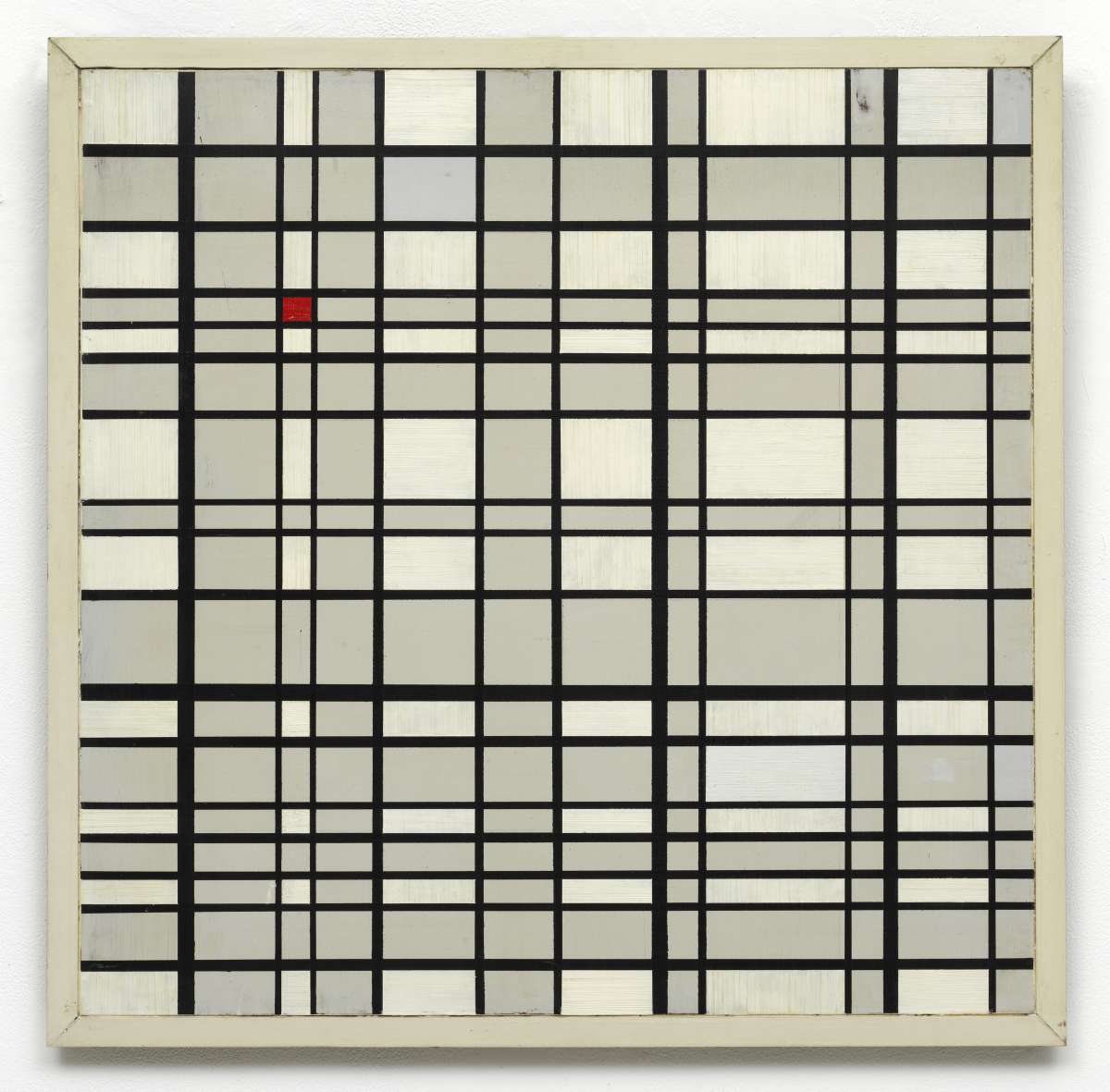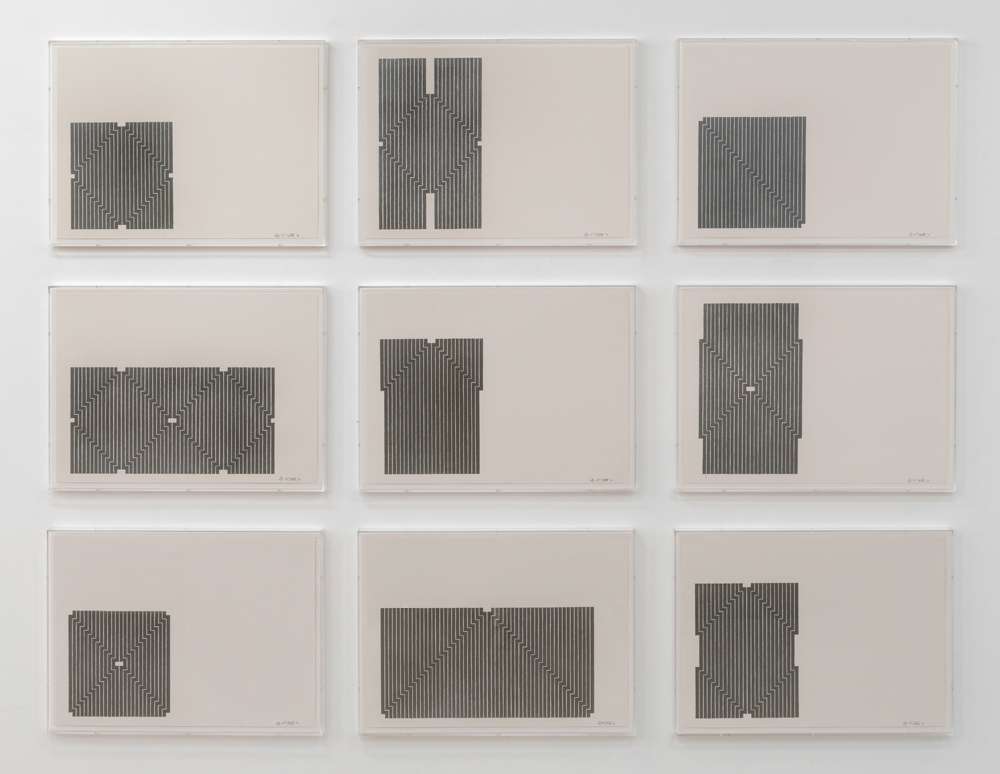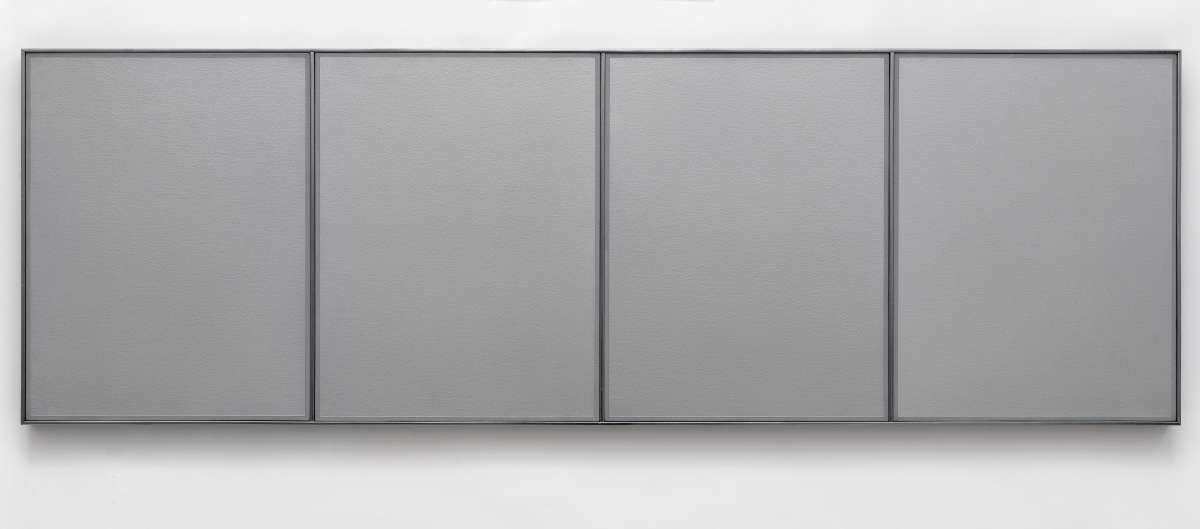FROM NEO-PLASTICISM TO MINIMAL ART
Wednesday - Saturday, 13:00 - 18:00
The ascendancy of abstract art began in the early 20th century. It was a concept that covered all forms of non-representational art. The Dutch contribution to the advance of abstract art was perhaps the most radical of all. Around 1915, the eternal networker Theo van Doesburg succeeded in uniting a number of kindred spirits who were receptive to a fundamental transformation in thinking and acting: art as an expression of the universal, manifested in a design of geometric constructions and clear, (mostly) primary colours. Yet the paintings by these utopians were anything but austere. Painted intuitively, in wavering and often loose fashion, they were more enigmatic than concrete. For the first time, we are showing works from those early years of abstract art. A beautiful composition in oil by Lajos von Ebneth (1902 – 1982) from 1925, two early monotypes by Vilmos Huszár (1884 – 1960), and a Stijl composition by the Frenchman Jean Gorin (1899 – 1981).
In the second half of the 20th century, abstraction was widely accepted. The pre-war pioneers had opened the gates, and after the conquest came the liberation. In a world that looked different, due to the rise of mass culture and mass consumption, the concept and the position of art had changed as well. The neo-avant-garde who developed constructivism sought a self-realising pictorial quality that was austere, powerful and concrete. New visual means were used, with a radically different outcome from the intuitive deliberation of the historical avant-garde. Serialisation was introduced, and the absence of a visible hand transformed the aesthetic experience.
We are showing work by Bob Bonies (1937), demonstrating – with a self-imposed limit of four colours and three basic forms – that concrete art can be extremely agile. These artworks adapt to the spatial conditions and fall back on the visual means used. Likewise, the work of Tadaaki Kuwayama (1932), made with automotive paint, colours verging on the unpleasant and aluminium strips, has similar spatial qualities. Both artists formed part of the groundbreaking New Shapes of Colour exhibition at the Stedelijk Museum Amsterdam, which introduced minimalism and concrete art to the Netherlands in 1967. Also present at the Stedelijk at that time was the co-founder of minimalism, Frank Stella (1936); we are showing a complete series of his aluminium prints. The fact that size can be used as a visual means is demonstrated by the 350-cm-wide silkscreen print by Ellsworth Kelly (1923- 2015), the largest graphic sheet he ever produced, which is being exhibited in the Netherlands for the first time.















